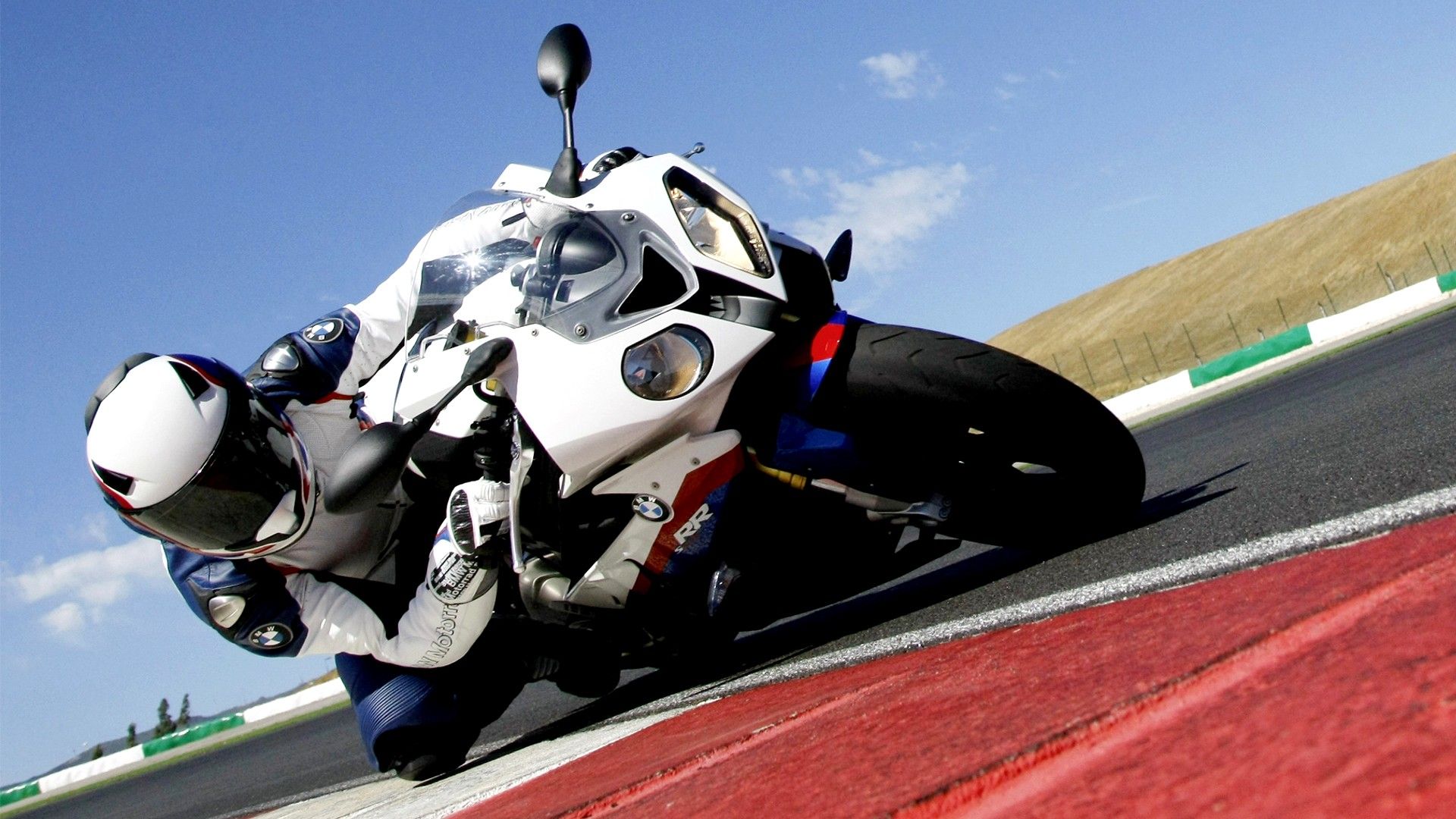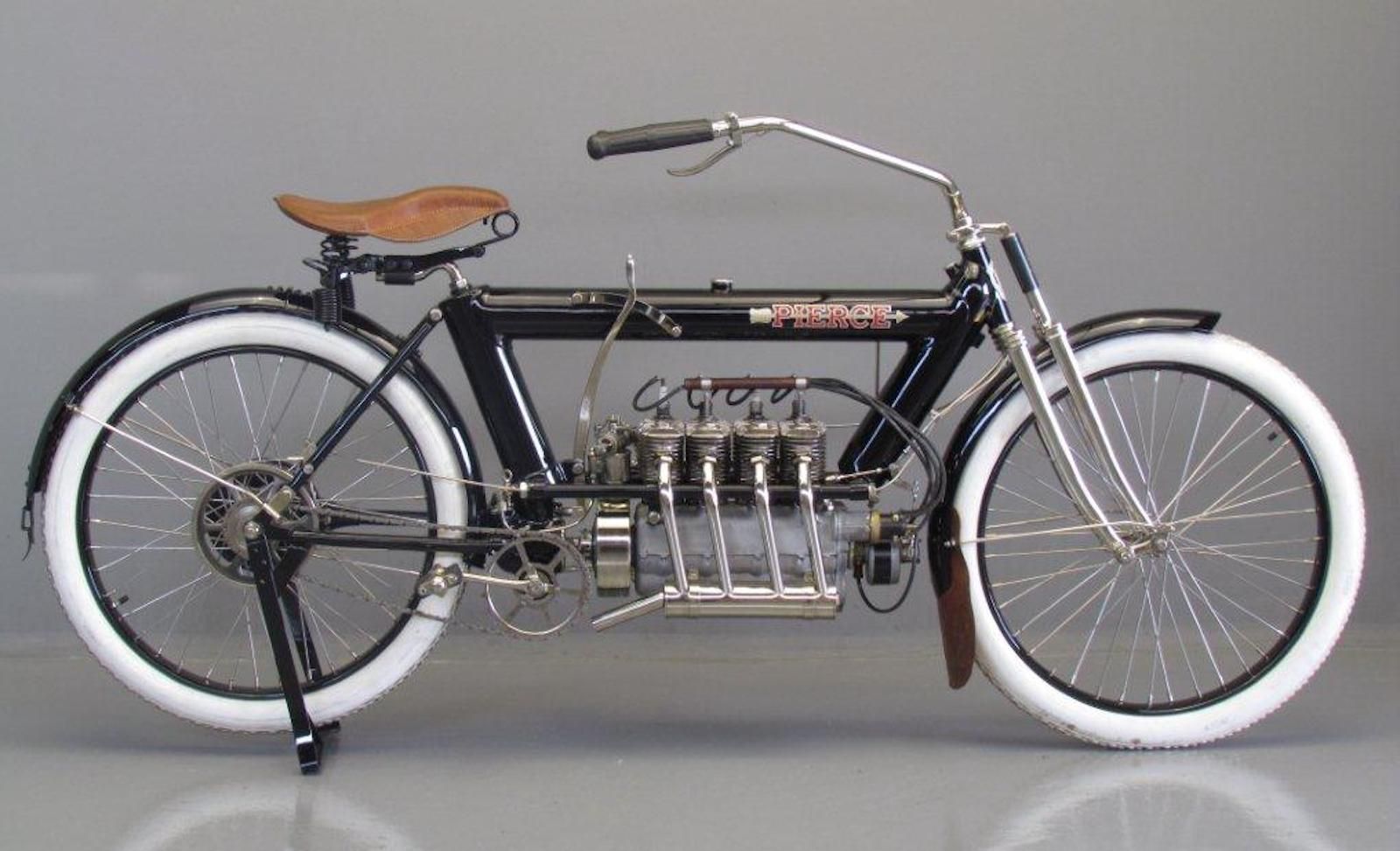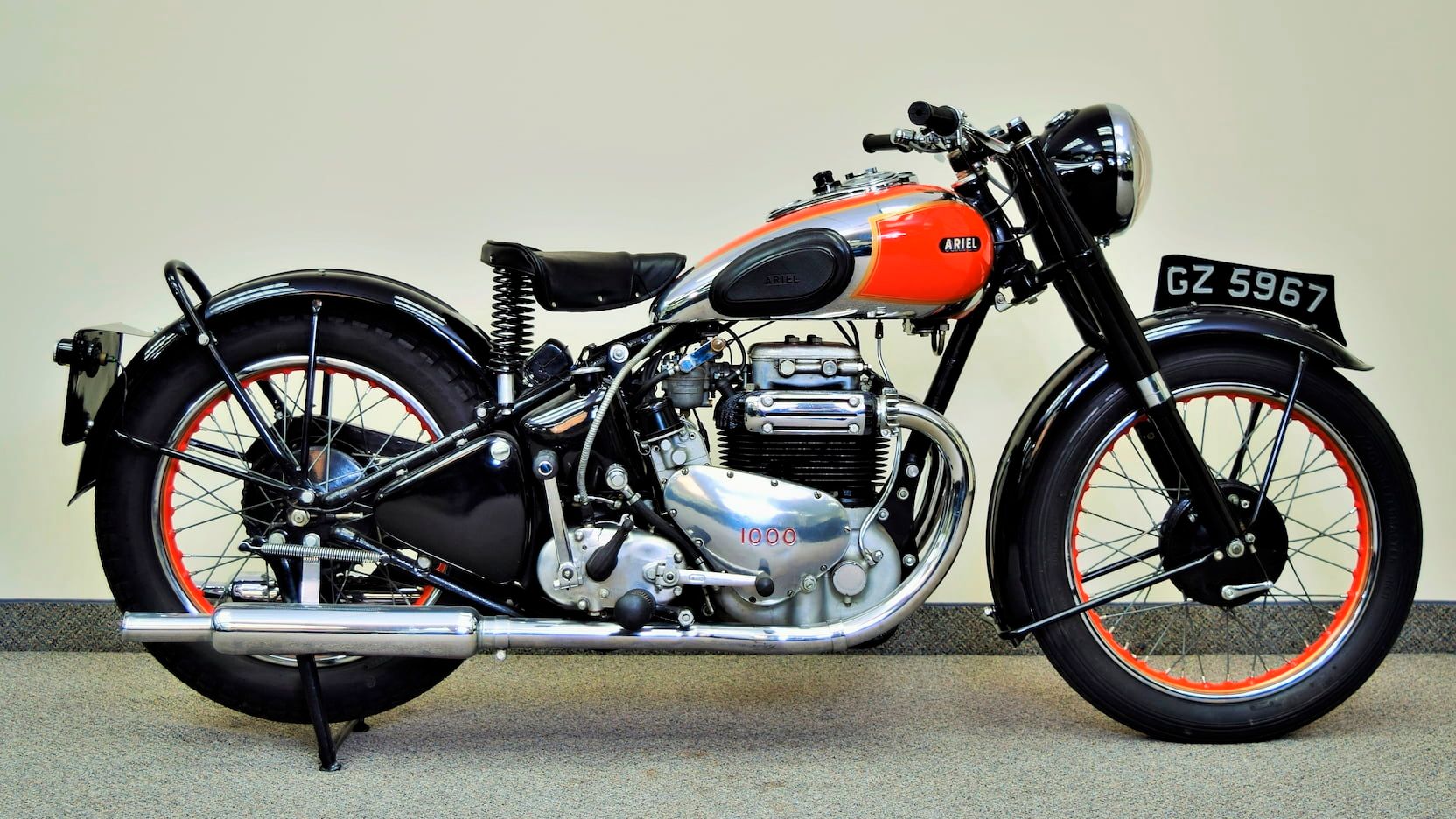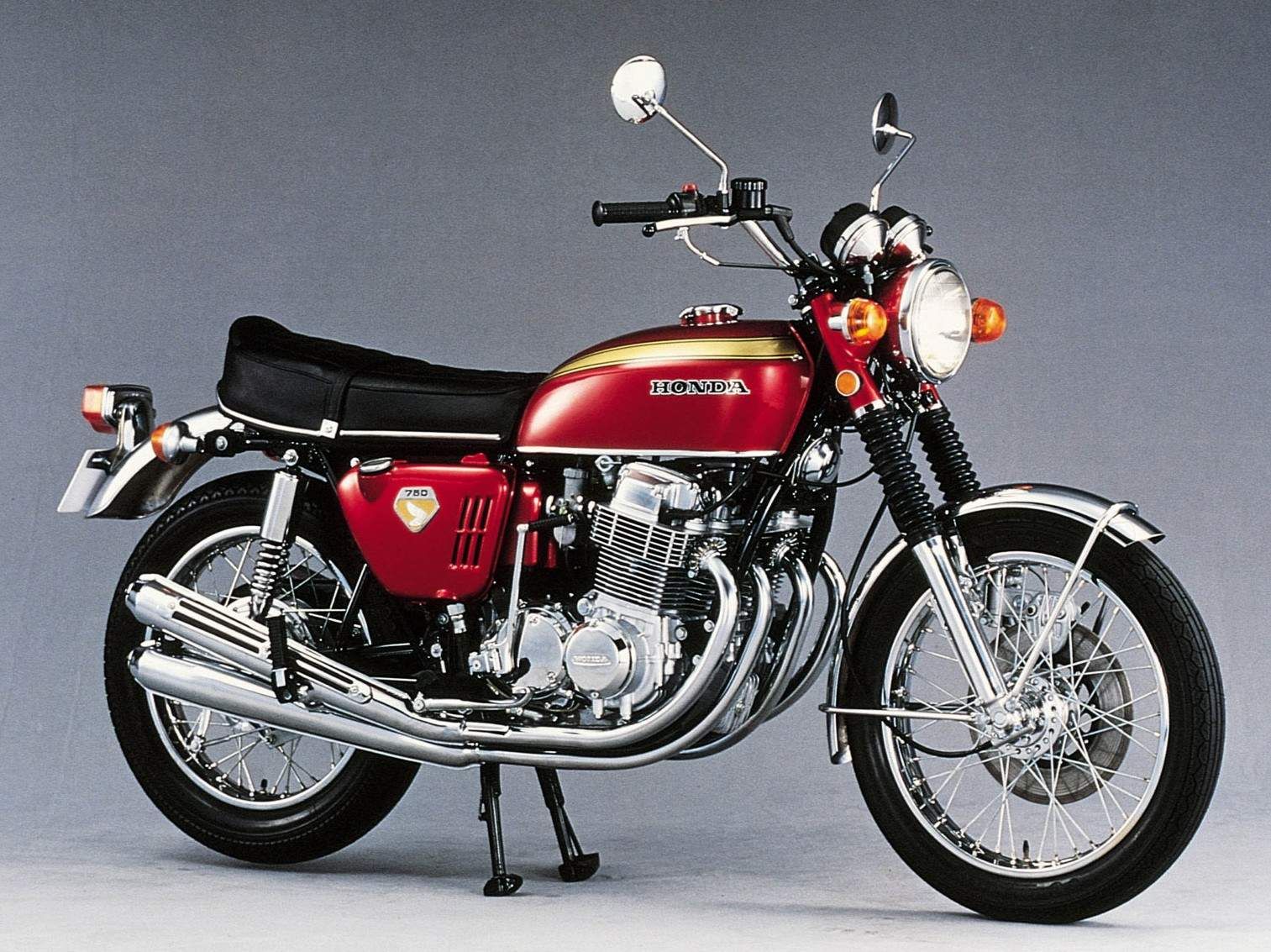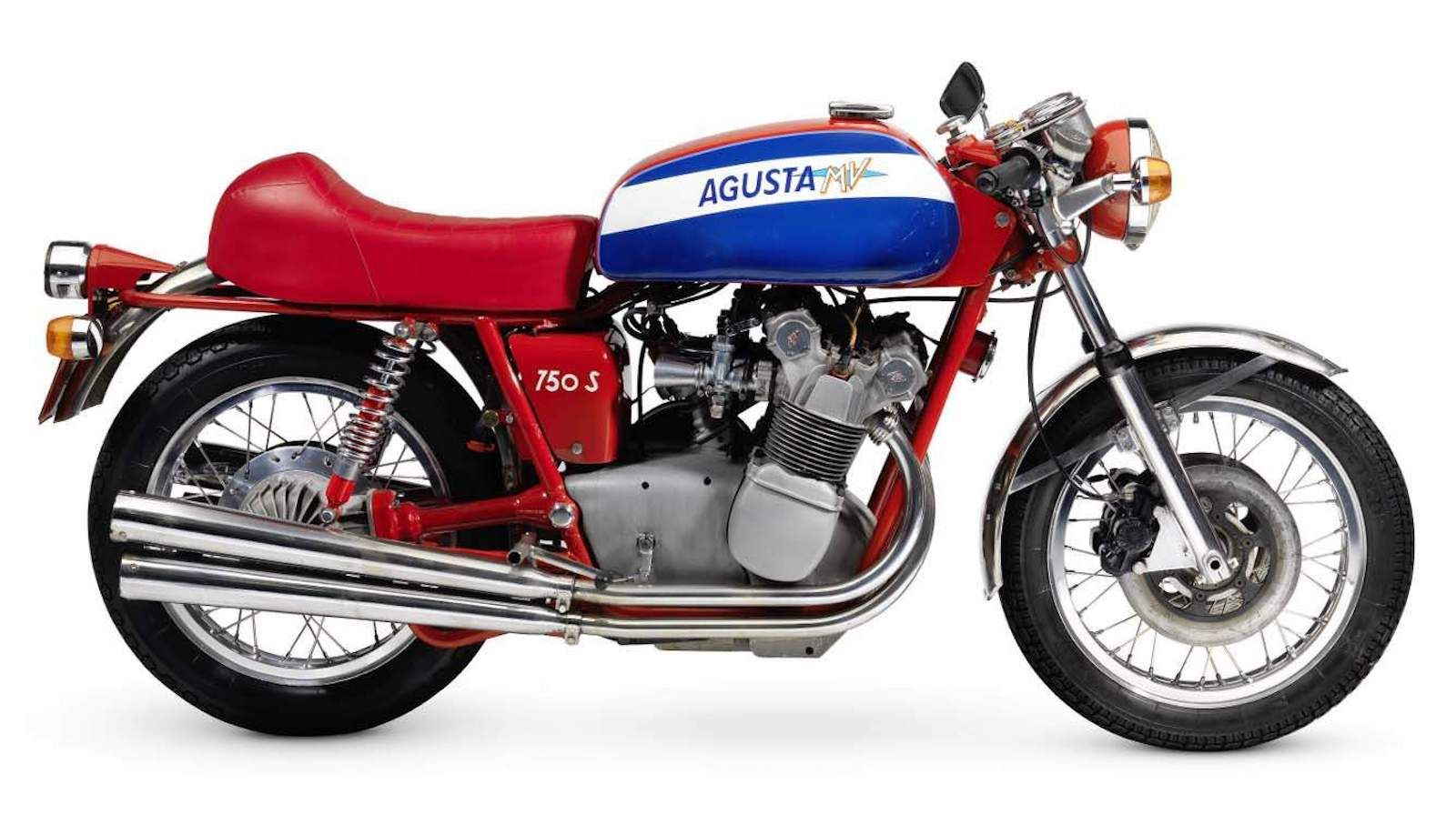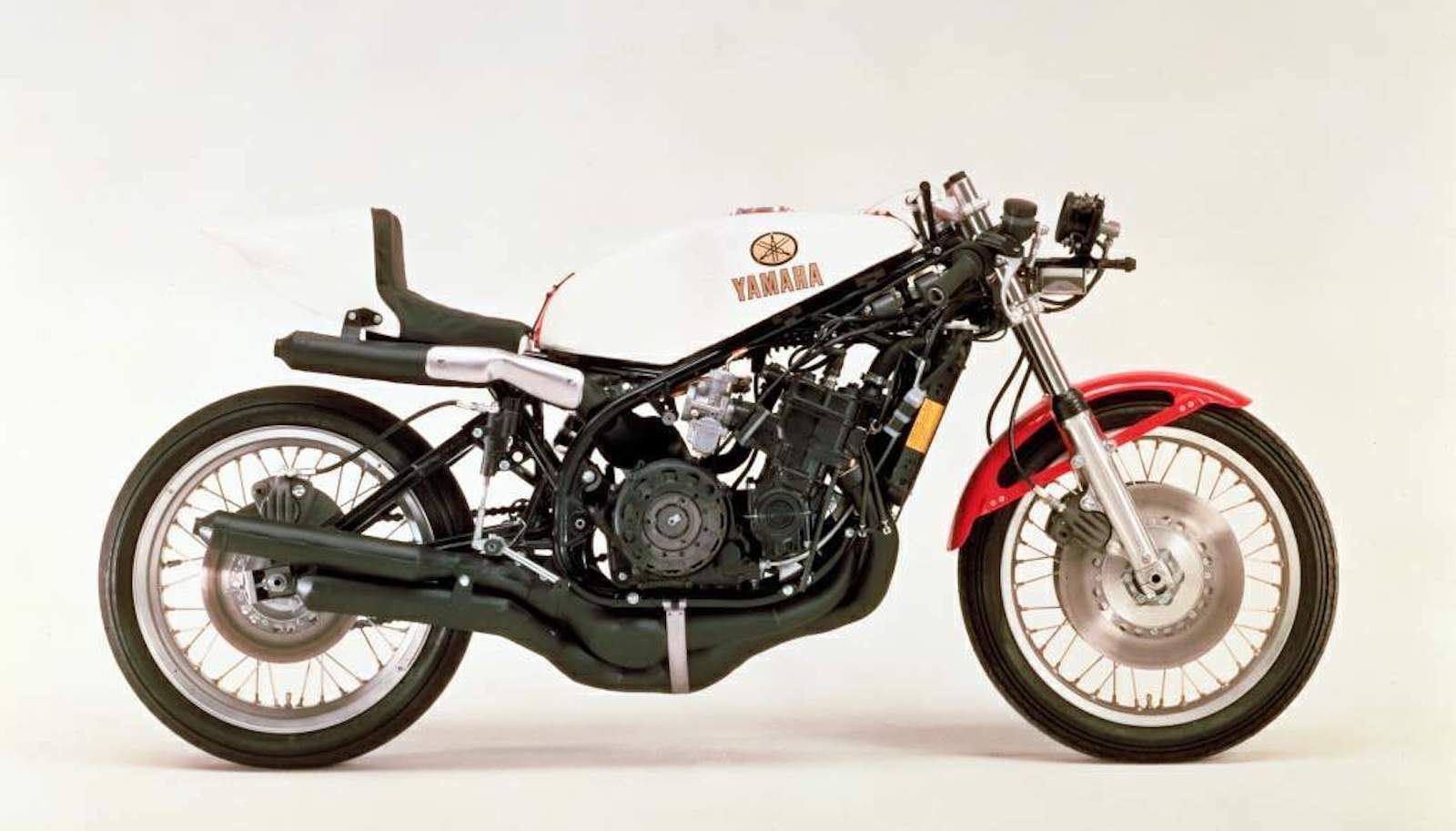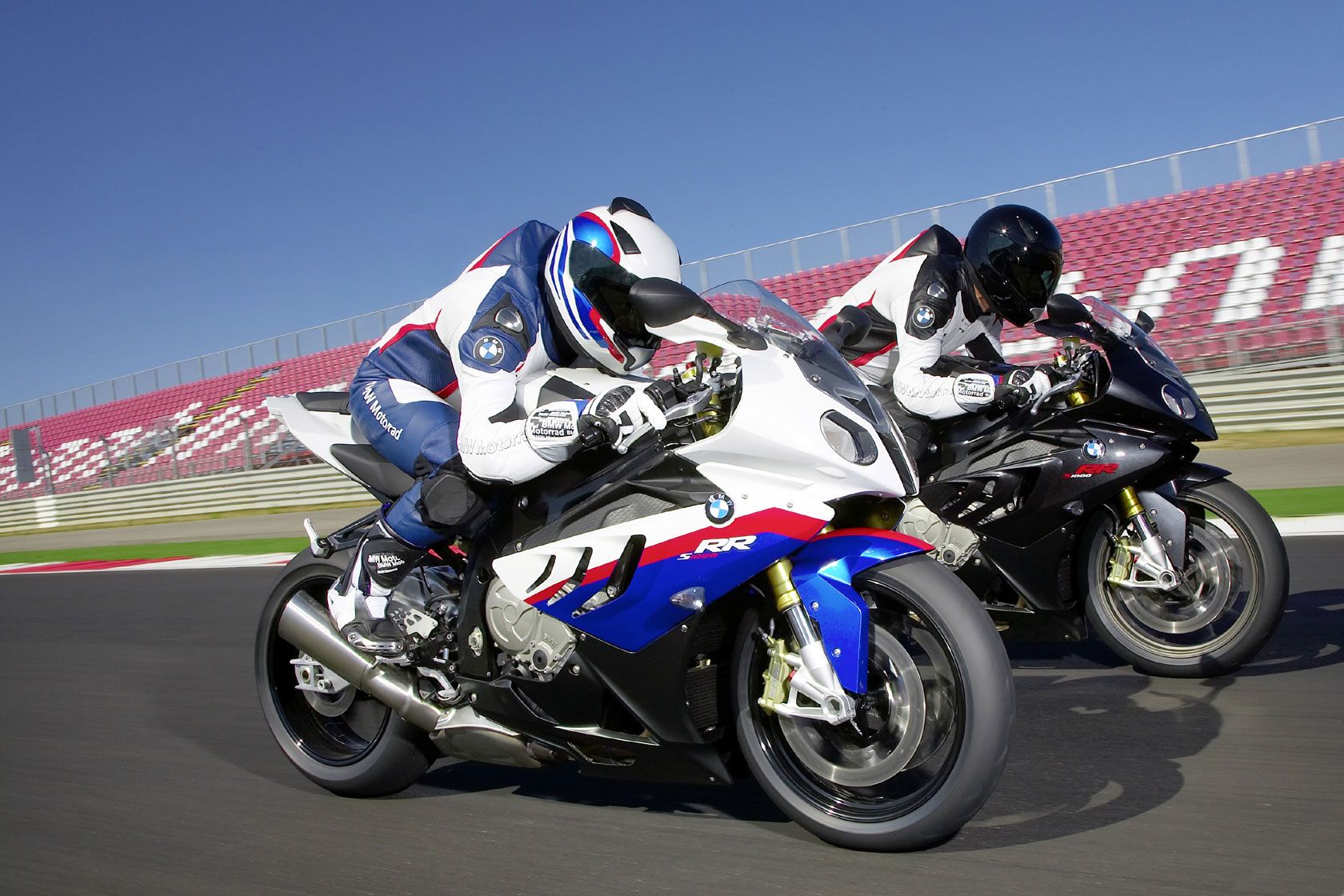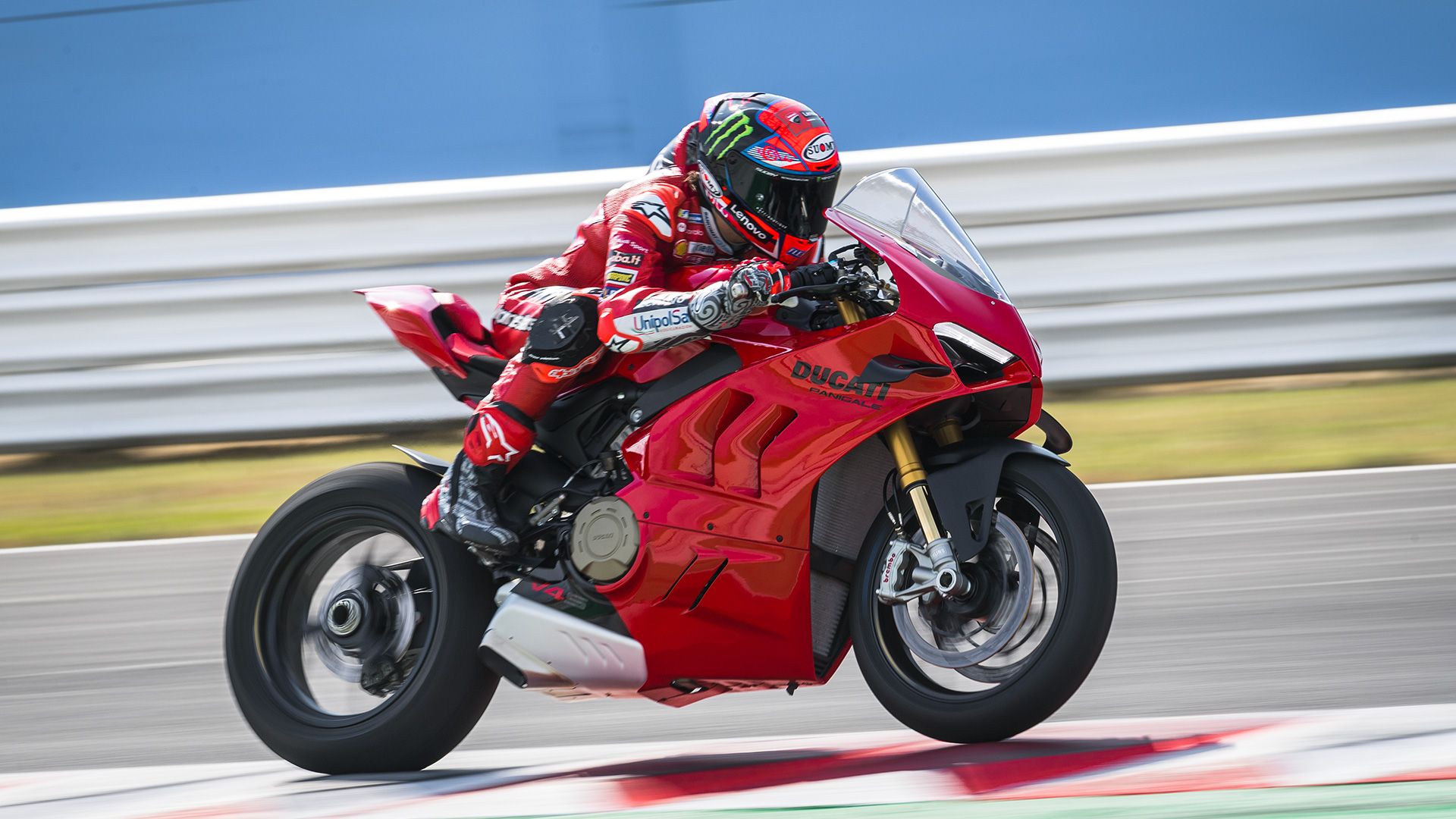Even though Honda made the inline four cylinder motorcycle engine popular in the late 1960s, the four-cylinder motorcycle engine has been around for a lot longer than that. Back at the dawn of motorcycling, when no one engine configuration was the norm, manufacturers experimented with all manner of configurations, one of the earliest of which was the four-cylinder. There was then a lull, before more four-cylinder engines appeared, the most notable being the Ariel Square Four of 1931, a model that lasted until 1959, at which time the only four-cylinder engines were in racing, courtesy of Benelli and MV Agusta and, later, Honda. Then, of course, Honda changed motorcycling forever when it introduced the CB750 in 1969, after which, the four-cylinder engine became the most popular engine configuration and remains so to this day.
10 Pierce Four - 1909
The 1909 Pierce Four was the very first production four-cylinder engined American motorcycle and drew inspiration from the Belgian FN motorcycle, which Percy Pierce had discovered on a trip to Europe in 1908. He brought one home, where his father was building Pierce-Arrow automobiles. The company also built bicycles and, when Percy was given responsibility for this side of the operation, it was only a matter of time before the FN and Pierce-Arrow bicycles were combined to create the first Pierce Four motorcycle. There were many differences between the Pierce and the FN, not only in the engine but also the frame, who large-diameter tubes carried the fuel and oil. Pierce Fours were expensive and production ended during the First World War.
9 Ariel Square Four - 1931
A young Edward Turner, who would later steer Triumph to its greatest successes, had designed a four-cylinder engine, with the cylinders arranged in a square, when looked at from above, with two crankshafts - one per pair of cylinders. At the time, he didn’t work for any manufacturer and, after BSA had rejected the design, Ariel took it on and the Square Four model was born. Initially 500cc, it was later enlarged to 600cc and, later still, to 997cc. There was nothing like it from any other manufacturer, and it was a successful model for Ariel, being particularly suitable for sidecar work, which was a popular form of family transport at the time. The Square Four soldiered on to 1959, by which time it was a genuine 100mph motorcycle.
8 Honda RC181 - 1966
By the mid-1960s, Honda was pouring huge amounts of money into Grand Prix motorcycle racing, in every class. Twin-cylinder 50cc, four- and six-cylinder 250 and 350cc, and four-cylinder 500cc engines. Development was getting so out of hand that the ruling body had to step in and define the number of cylinders allowed for each displacement. The four-cylinder 500cc engine in Honda’s RC181 developed 90 horsepower at 12,600rpm which was massively powerful for the day. It was also far too powerful for the chassis frame in which it was installed, and it was nicknamed the ‘Bronco’ by anyone who rode it. Mike Hailwood and Jim Redman won ten 500cc Grands Prix out of the 19 in 1966 and ’67, including the 1967 Isle of Man Senior TT, in which Hailwood beat Giacomo Agostini, often cited as one of the greatest TT races ever.
7 Honda CB750 - 1969
For many enthusiasts, this is where the Japanese influence on motorcycling worldwide really started. Prior to this, Japanese manufacturers had concentrated on smaller displacement motorcycles and even the British assumed their position as builders of large displacement motorcycles was safe and so saw no threat to that position from the Japanese. Not the first transverse inline four cylinder motorcycle (that is credited to MV Agusta) but the first mass-production one, the 750cc engine produced 61 smooth and reliable horsepower, with electric start and a front disc brake. If the Japanese hadn’t quite yet mastered the art of frame design, they more than made up for it with their engines.
6 MV Agusta 750 Sport - 1970
MV Agusta, known for its four-cylinder Grand Prix racing bikes and single- and twin-cylinder road bikes, built a four-cylinder, 600cc road bike in 1966, but it was not a success, with only 135 being built. Then, in 1970, the company used its racing know-how to try again and built a 750cc, four-cylinder bike, of huge complexity, incorporating gear-driven double overhead camshafts, following racing practice. If it was beautiful, it was also very expensive but, despite this, MV Agusta offered a four-cylinder motorcycle up to the end of production in 1977, even if production numbers were minuscule by Japanese standards.
5 Yamaha TZ750 - 1973
One of the most notorious motorcycles ever built, the TZ750 in flat track form was so incredibly fast and difficult to handle that Kenny Roberts, who won on it at the Indy Mile in 1975, was instrumental in getting it banned! The TZ750 was built specifically to compete in the Formula 750 racing class and the inline four-cylinder, two-stroke engine was capable of pushing out 130 horsepower, which the chassis technology, brakes and tires of the time were simply not capable of handling. When the engine got into the power band, there was little the rider could do but hang on for dear life. Incredibly, the bike won the Daytona 200-mile race nine times in succession, starting in 1974.
4 Honda NR - 1979
Honda was always resistant to the idea of two-stroke motorcycle engines and took no part in Grand Prix racing between 1968 and 1979, during which the two-stroke engine became dominant. Returning to racing, Honda was determined to use four-stroke technology but, in order to beat the two-strokes, more cylinders were needed, but the rules at the time limited engines in the 500cc class to four cylinders. So, Honda developed what was essentially a V8, but with each pair of pistons joined to create four oval combustion chambers, within the letter of the law. Each oval piston had two connecting rods and each chamber eight valves, making 32 in all (500cc, don’t forget!) It was a marvel of technology and the engine eventually developed 130 horsepower at 20,000rpm. Despite this, it wasn’t a success, even if it was incredible.
3 Suzuki RG500 - 1985
Unlike Honda, Suzuki entered Grand Prix racing in the 1960s using two-stroke technology, controversially boosted by the defection of Ernst Degner from East Germany with all of MZ’s two-stroke research. By the 1970s, two-strokes were dominating every class of Grand Prix racing and Suzuki revealed the RG500 in 1974, featuring a square four configuration, similar to the Ariel model listed above, with two geared crankshafts. Barry Sheene won the 500cc championship in 1976 and ’77 and the RG500 was still winning races and championships in the 1980s, notably with Marco Lucchinelli in 1981 and Franco Uncini in 1982. Suzuki brought out a development of the RG500, the RGV500, in 1987, on which Kevin Schwantz took the title in 1993, making the RG500/RGV500 one of the longest-serving successful Grand Prix bikes.
2 BMW S 1000 RR - 2009
BMW had produced a four-cylinder engine in the 1980s, the lay-down, longitudinally-mounted K100. But, between 1992 - the end of K100 production - and 2009, when the S 1000 RR arrived, BMW stuck to the old faithful boxer twin engine. Then, in 2009, BMW decided to enter the sports bike market as dominated by the Japanese manufacturers, with its own inline four cylinder engined bike. The goal was World Superbike success but, even when that failed to materialize, the road version took the world by storm. It was the first production bike with ABS and traction control and also the first to be offered with a quick shifter gear mechanism, which allowed for clutchless upshifts. From that moment on, the BMW S1000RR has been frightening the life out of the Japanese.
1 Ducati V4 Panigale - 2018
Throughout its history, Ducati has been known for its single and V-Twin cylinder engines. However, by the mid-2010s, the company realized development potential of the V-Twin was reaching an end and the decision was made to develop a V4 as a replacement, if only for the top-of-the-range models. The company used V4 engines for its MotoGP racing bikes, so there was a lot of expertise and experience to draw on. With a displacement of 1,103cc, it was barely any larger externally than the V-Twin it replaced but produced a lot more power - 211 horsepower, and 230 horsepower for the World Superbike homologation 998cc version. It wasn’t Ducati’s first V4, that being a 1,260cc V4 designed in the mid-1960s to go in the Apollo model, which was designed at the request of the American importer, for possible police use. Only two were built.

